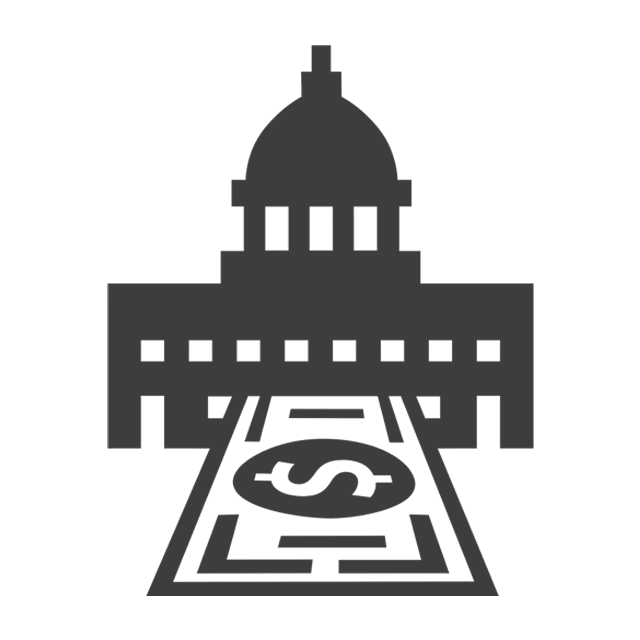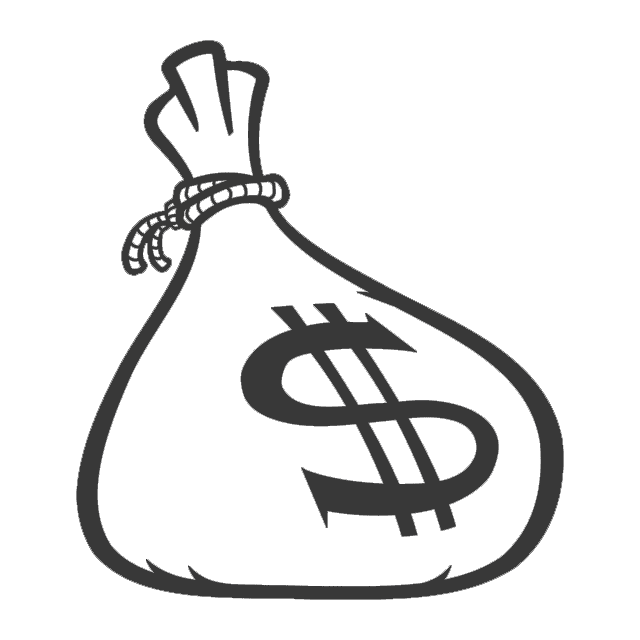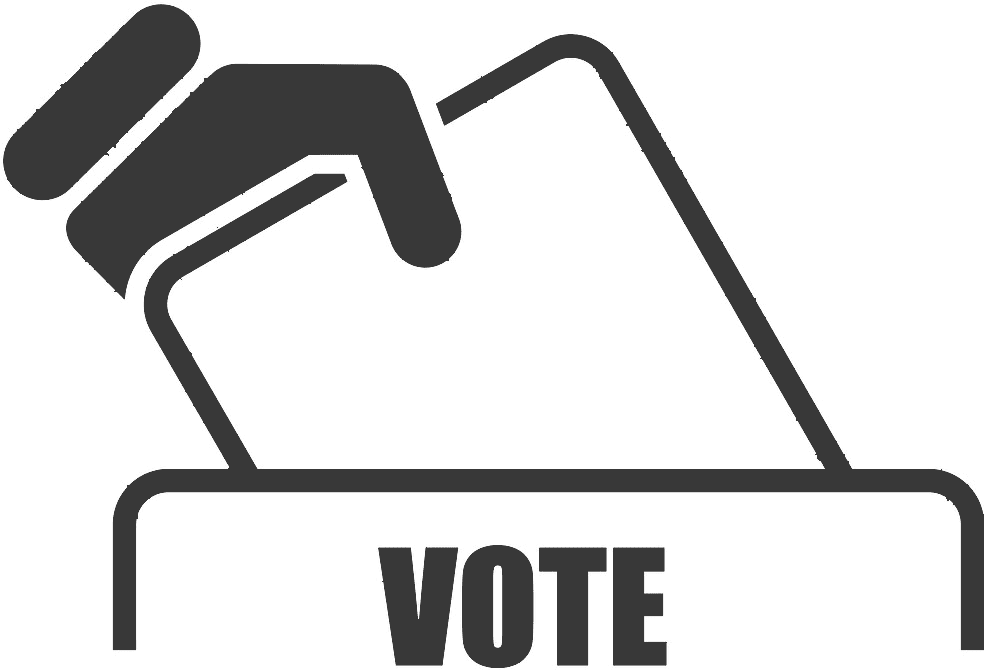(From the One-Minute Liberty Tip section in Volume 20, No. 14 of the Liberator Online. Subscribe here!)
 I’m always delighted to find colorful, eye-opening words and phrases that libertarians can use to help people understand and embrace the ideas of liberty.
I’m always delighted to find colorful, eye-opening words and phrases that libertarians can use to help people understand and embrace the ideas of liberty.
Here are some very useful terms for bringing attention to the little-known but astounding cost of government regulations.
Wayne Crews of the libertarian Competitive Enterprise Institute (CEI) has been following this issue for years. A recent CEI report, “Free to Prosper: A Pro-Growth Agenda for the 114th Congress,” estimates that, just in 2014 alone, an astounding 3,541 new federal regulations were enacted.
Crews admits that estimating the costs of regulation is difficult. In fact, the subtitle of “Tip of the Costberg,” his ongoing effort to do that, is “On the Invalidity of All Cost of Regulation Estimates and the Need to Compile Them Anyway.”) Yet someone’s got to do it — the federal government certainly won’t. Crews deserves great praise for his pioneering efforts.
By Crew’s best estimate, the burden of these regulations on American prosperity is staggering: around $1.882 trillion. The federal government will spend about $3.5 trillion this year. But this extra $1.882 trillion in unseen regulatory costs is, Crews says, the equivalent of an invisible 65% surcharge on your federal taxes, or nearly 12% of GDP.
“Regulation today is a hidden tax equivalent at least to half the amount of the fiscal budget itself,” Crews notes. “If federal regulations were a country, their cost would amount to the world’s 10th largest economy.”
This is an incredible drag on our economy, lowering our standard of living and slowing progress. Though most of us aren’t aware of it, it constitutes a sort of hidden tax that each and every American pays. In fact, Crews wonders if, as more data on the costs of regulation are compiled, we “may find taxation the lesser of the two components of governmental costs.”
This is a little-understood — though crucial — issue. But the terms we generally use to discuss it, like “excessive government regulations,” are… kind of boring. And confusing. Listeners’ attention tends to wander.
So I like it that Crews occasionally spices up his discussion with some colorful and provocative terms that libertarians can use to help bring the issue to life for our listeners.
As noted, Crews calls this huge, ugly, dangerous mass of regulations and hidden costs the “costberg.” That’s clever, and creates a strong mental image of this “costberg” threatening to collide with and sink our ship of state, just like the iceberg that sank the Titanic.
And here’s another great term: “red tapeworm.” Last year Crews titled a blog post “Red Tapeworm 2014: Reckoning the Dollar Cost of Federal Regulation.” Red Tapeworm (as in “red tape,” slang for worthless and costly government regulation), is very useful, with a populist appeal. For example: “The red tapeworm is chewing up $1.882 trillion from the American economy — that’s money out of your pocket every year.”
Finally, you can simply refer to “the huge hidden tax of government regulation.” People understand the nature of taxes more than they do unseen regulation and mandates. Just pointing out that such things amount to hidden taxes — and massive taxes — can be eye-opening for your audience.
Try using these terms — along with facts and figures from CEI’s excellent reports — to spice up your discussions of this extremely important, but largely unrecognized, problem.
And for more on this topic, check out CEI’s “Ten Thousand Commandments” website, which regularly updates these figures and arguments.




















